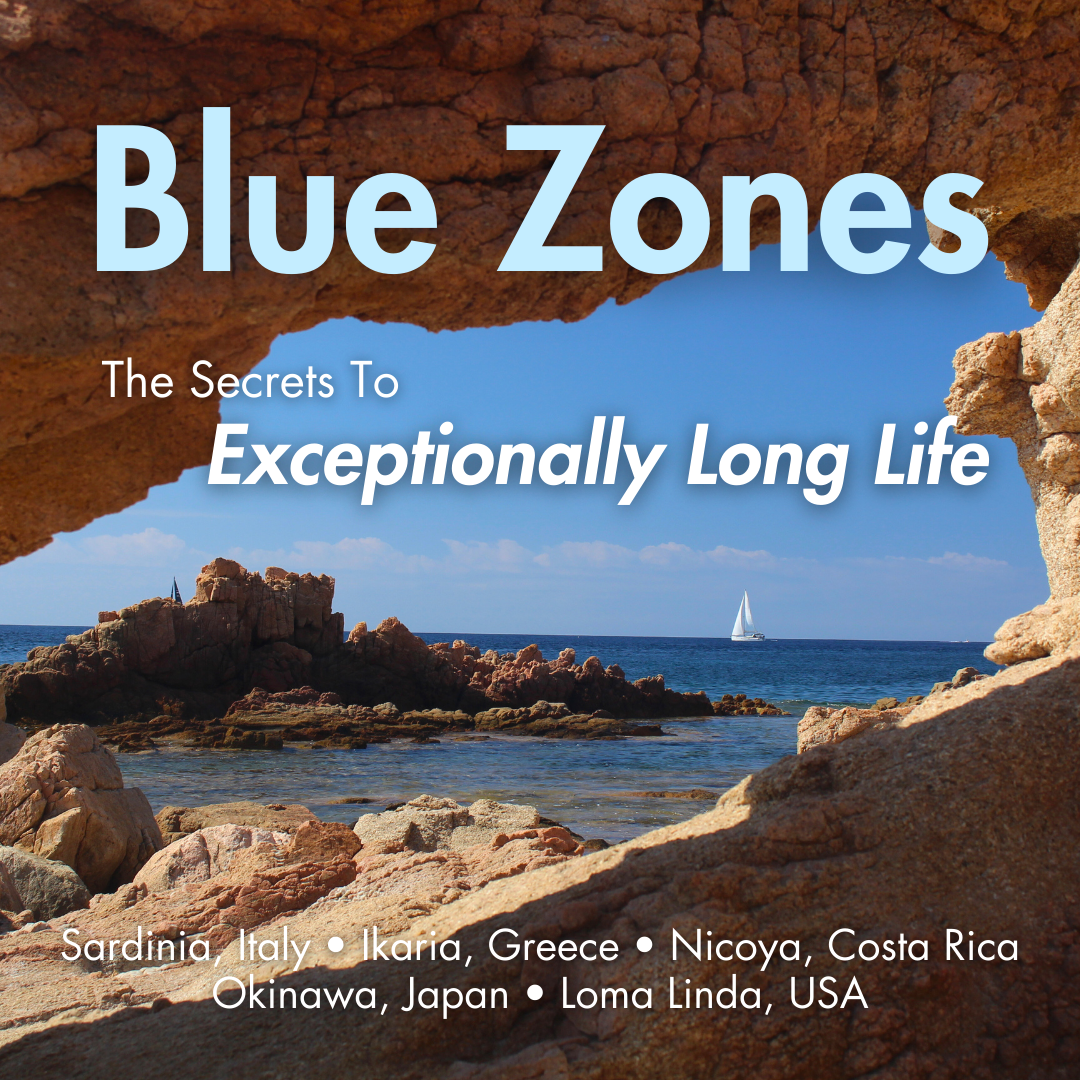
It's no secret that we as people have a fascination with longevity, from the Elixir of Life to the Fountain of Youth, from Eternal Spring to the Philosopher’s Stone. No matter the title, the quest for longevity captivates our attention like no other. Yet there are regions of the world that seem to have found the answer. Not only this, but there are generations of proof for it. In some populations around the world, inhabitants regularly defy all odds and live exceptionally long lives beyond global norms. Introducing Blue Zones…
What Is A Blue Zone?
Blue Zones are regions of the world characterized by exceptional longevity, where extraordinary populations of centenarians live. A centenarian is a person who has lived to over the age of 100, and Blue Zones are where large numbers of these individuals tend to be found, living vibrant lives well into their 100s. Not only do these zones boast exceptional long life, but they are also some of the healthiest and happiest populations. Their inclination towards long life surpasses global average lifespans by a significant margin, and so exploration into these zones begs the question – What lifestyles and habits do their people have in common and how are they consistently living so long?
The five recognized Blue Zones around the world are recognized as such due to having the largest historical populations of centenarians - people over the age of 100, and supercentenarians - people over the age of 110. Long life is not a recent phenomenon in these regions either. Generations of centenarians have lived among these populations, leading to the belief that there must be a common thread that interweaves their longevity over time.
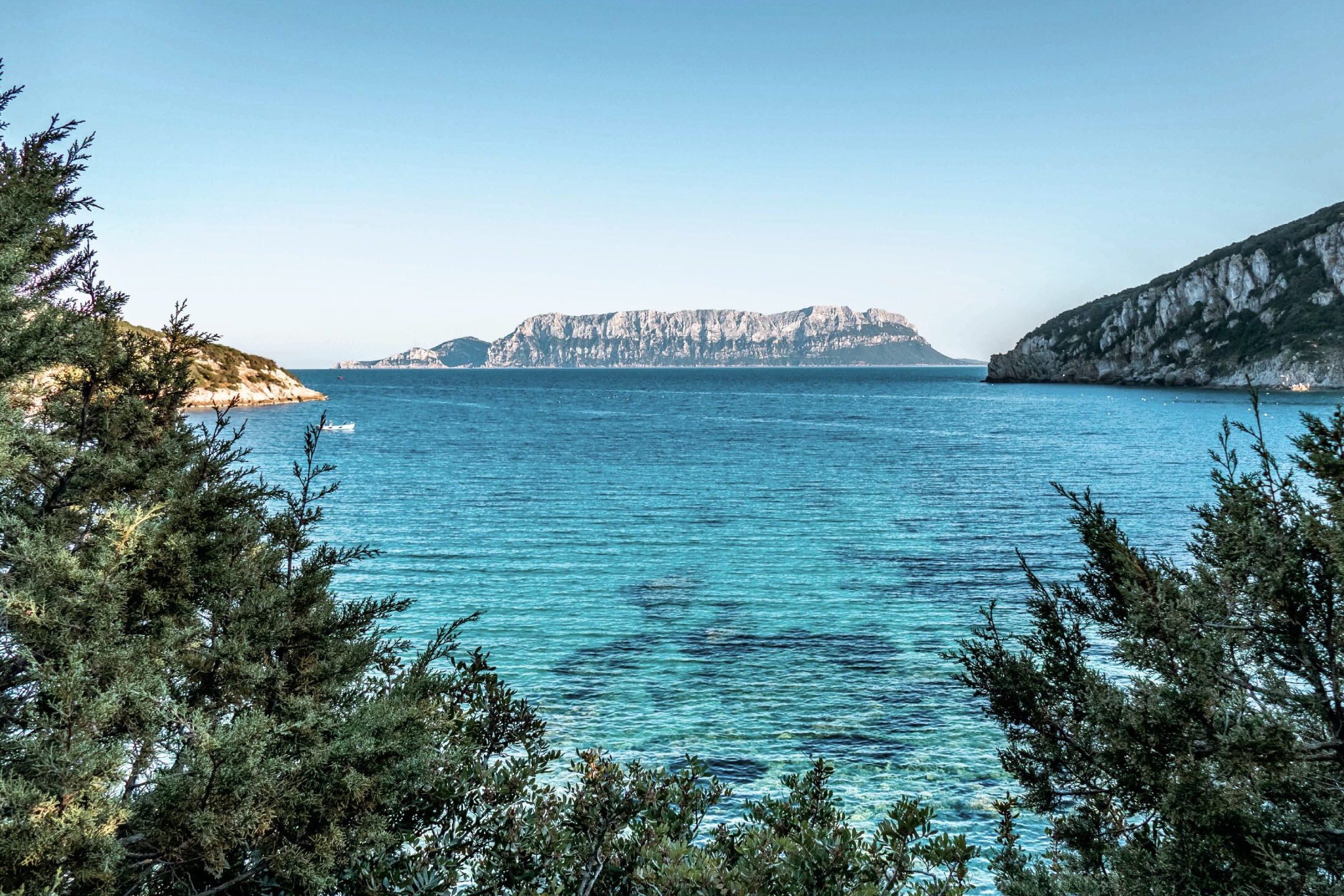.jpg?lang=en-CA)
What Are The Five Blue Zones?
The Blue Zones are Sardinia in Italy, Ikaria in Greece, Nicoya in Costa Rica, Okinawa in Japan, and Loma Linda in California, USA. As Blue Zones encompass not only geographical locations but also cultural and lifestyle factors contributing to longevity as well, common characteristics shared by these populations have been identified, including dietary habits, physical activity levels, social connections, and sense of purpose.
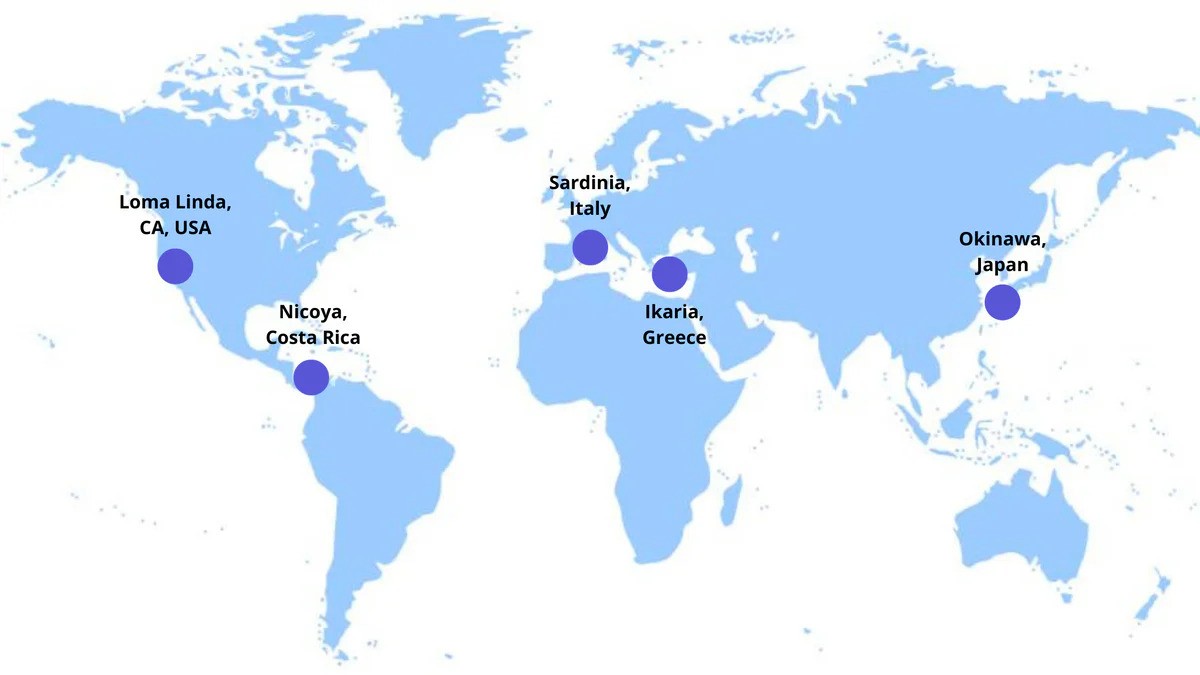
Common Characteristics
These commonalities identified between the Blue Zones follow an intuitive Mind, Body and Soul connection. As deeper understanding of one’s place in the world is an important aspect of the Blue Zones, so too is the connection between one’s physical being and inner self.
Mind
Sleep: Centenarians in Blue Zones recognize sleep as one of the most important factors to good health. Adequate relaxation and sleep is prioritized in these regions, with napping and allocating one day out of the week for rest being popularly observed practices.
Less Stress: Blue Zone populations often lead “slow lives”, where focus is placed on mental and emotional well-being. The pace of life is typically more gentle, paving the way for a less stressed environment. Stress is also managed through social connections, leisurely activities, and a laid-back, positive attitude towards life's challenges.
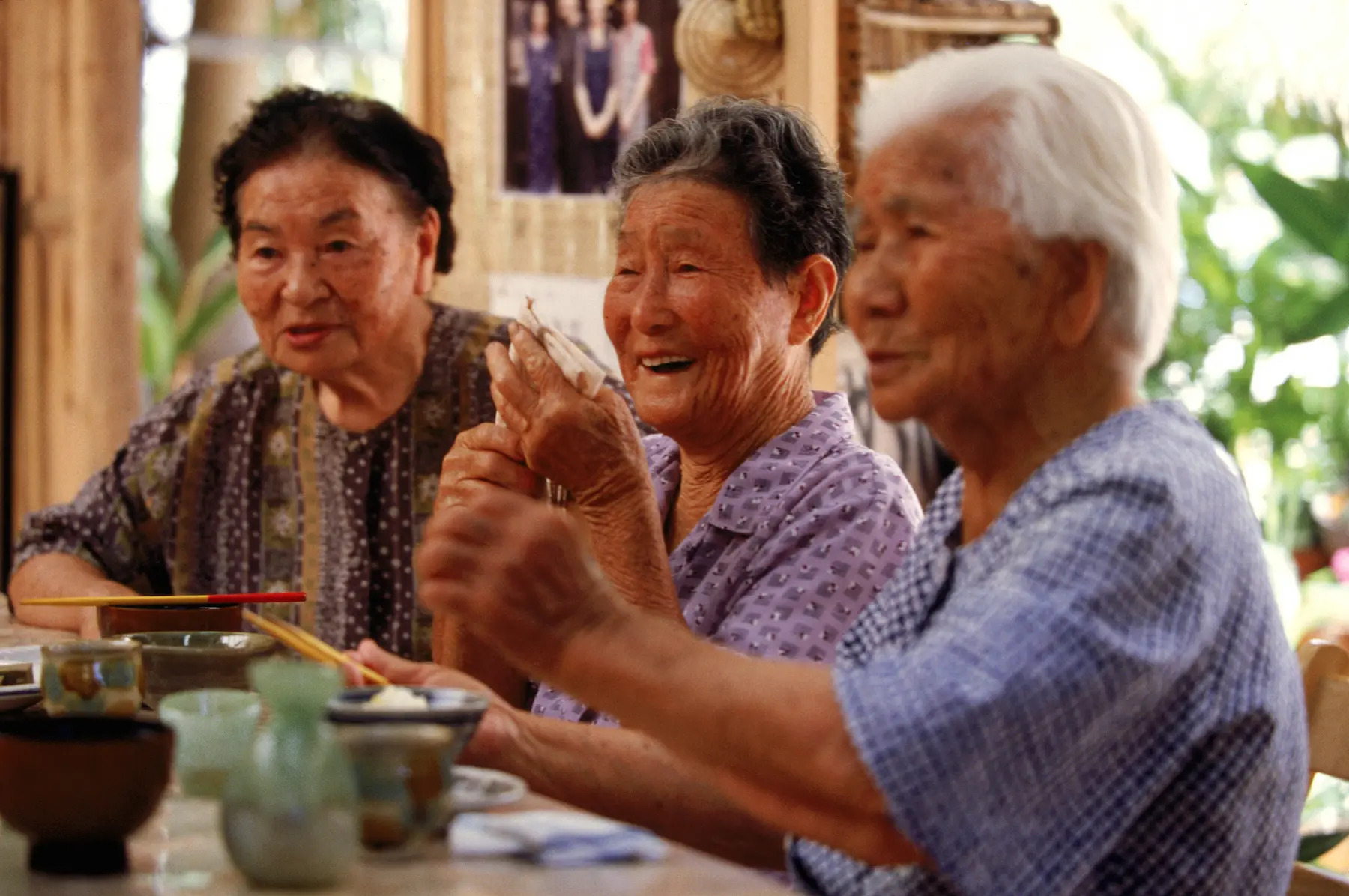
Body
Whole Food Diet: Blue Zone centenarians tend to follow a whole food diet based on nutritionally balanced meals and limited meat consumption. Each of these regions also exist in places of the world where locally grown food is prioritized, and year round growth is possible.
The 80% Rule: Overeating is not a common trait of Blue Zone populations. The name of the rule stems from an Okinawan tradition that recommends you stop eating when your stomach feels 80% full.
Moderate Alcohol Consumption: Multiple Blue Zone regions consume a moderate amount of alcohol, particularly wine. While these populations do not drink alcohol too frequently, the inclusion of limited alcohol in their diets may prove beneficial overall, particularly as wine holds many antioxidants if consumed moderately.
Physical Activity: Physical activity and exercise is often ingrained into the fabric of life in Blue Zones, with many inhabitants of these regions walking as their primary means of transportation and holding laborious jobs and hobbies that require some physical exertion day to day.
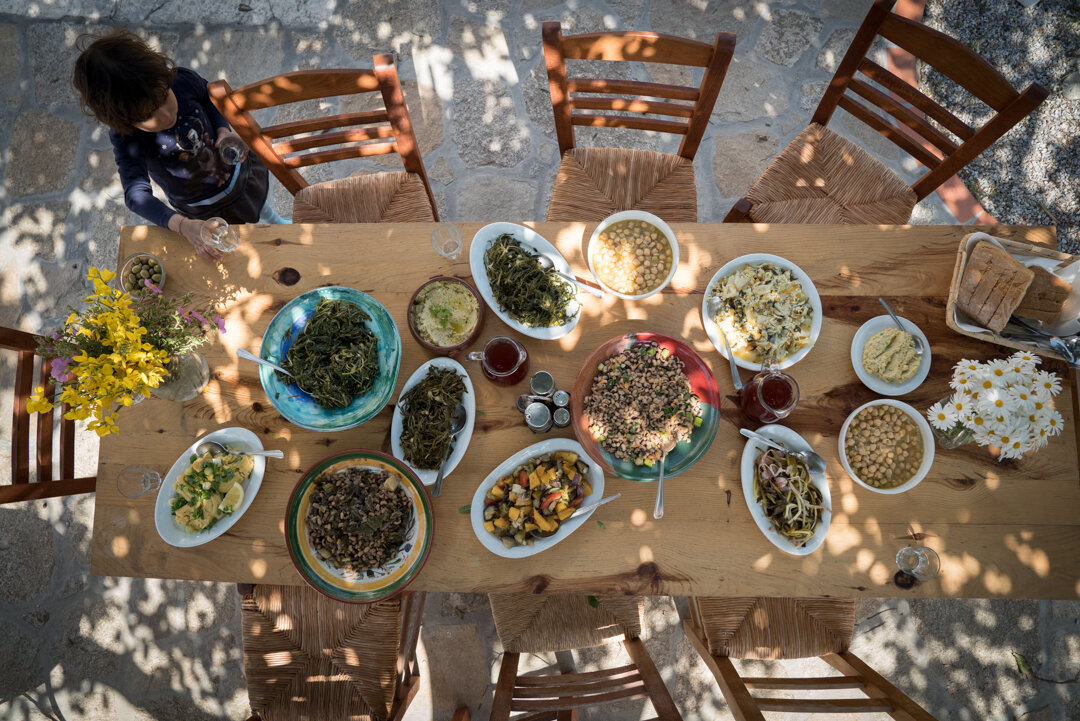
Soul
Social Community: Blue Zone centenarians often have a strong sense of community, living in social networks where they receive emotional support and have deep social connections with family and friends. Small and large group gatherings are common, with meals often being shared together.
Strong Family Ties: Intergenerational connections are valued highly in Blue Zones, where grandparents often live with their children and grandchildren. Centenarians still hold important roles in Blue Zones households, and their wisdom and knowledge is passed down to younger generations. The family is considered a tight-knit unit in these regions.
Sense of Purpose: An intangible sense of purpose and belonging runs through Blue Zone populations, with Okinawans calling it “ikigai” and Nicoyans calling it “plan de vida”. This notion, loosely translated to “a reason for being”, gives inhabitants the feeling of a place in the world, and a reason to wake up in the morning. It is a fulfilment and a focus on what brings one simple pleasure and joy in life, as well as a feeling of personal value in one’s place in society. This sense of purpose provides centenarians in these regions with a greater source of satisfaction, leading to a happier life.
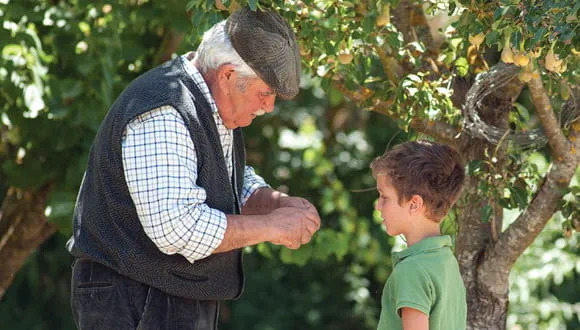
Investigating Each Blue Zone
While all of these common characteristics may be interwoven between the world’s five Blue Zones, each of these zones also have their own individual lifestyles and secrets that lead to their longevity.
Keep an eye out on our blog as we begin our series exploring each of the world’s five Blue Zones in greater detail, uncovering deeper secrets to long life.
The Sardinia Story: Lifestyles of the World’s Longest Living Populations coming soon…


